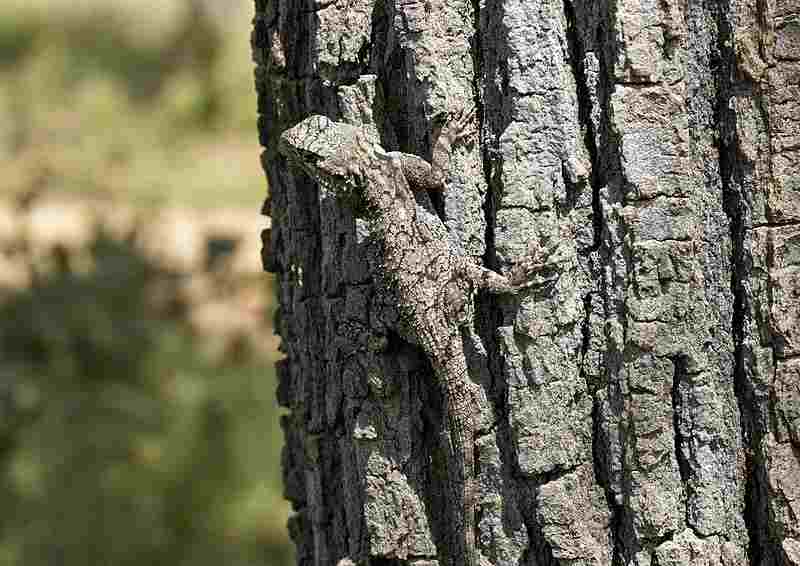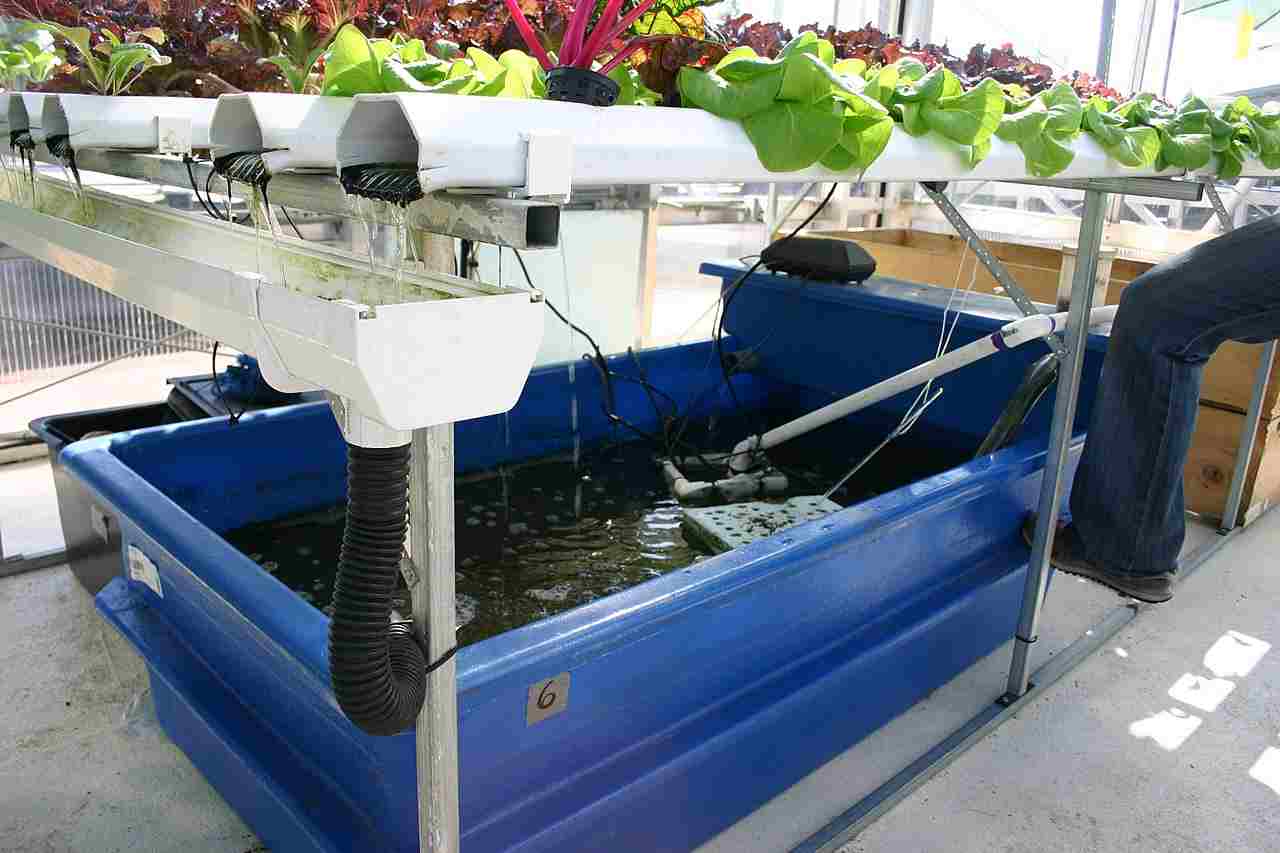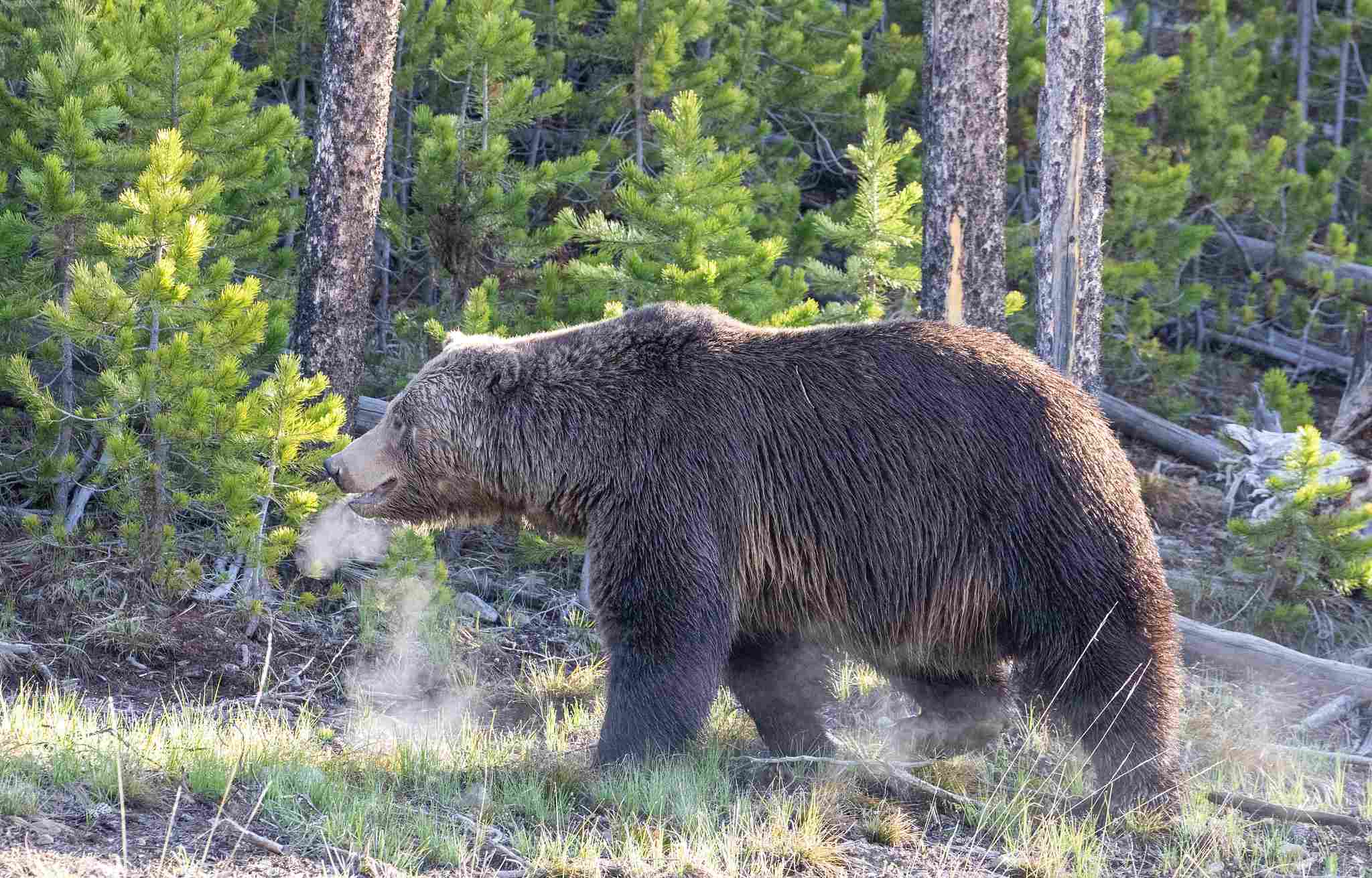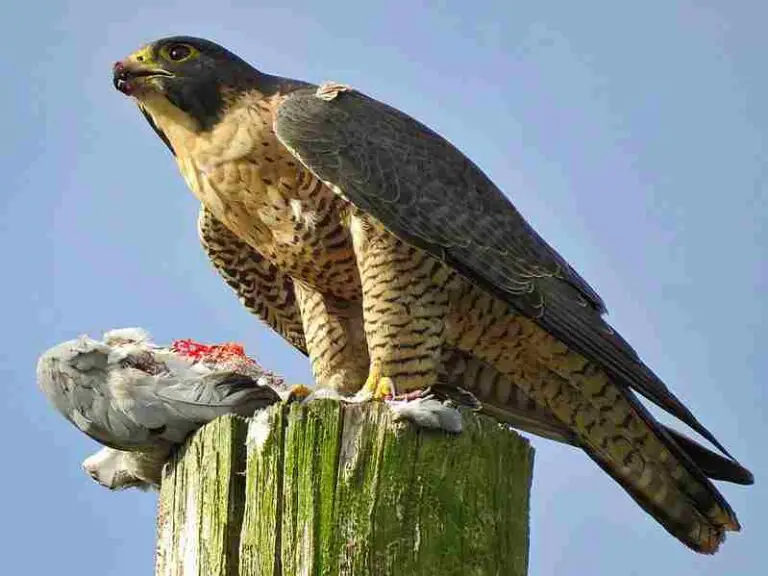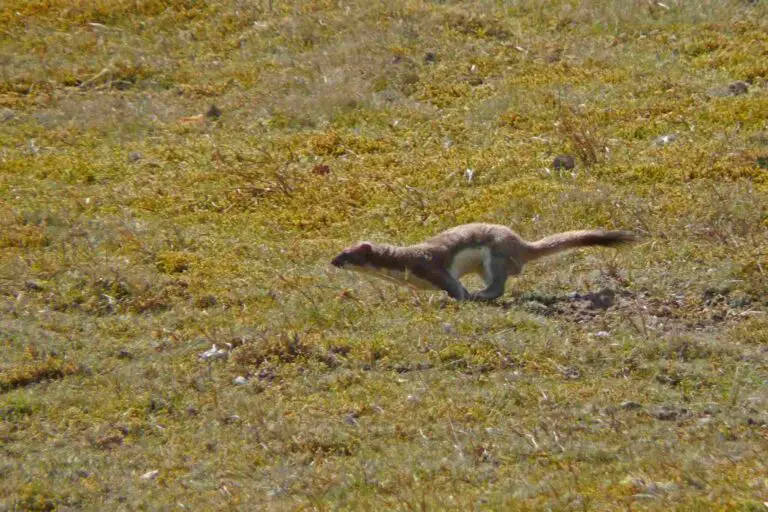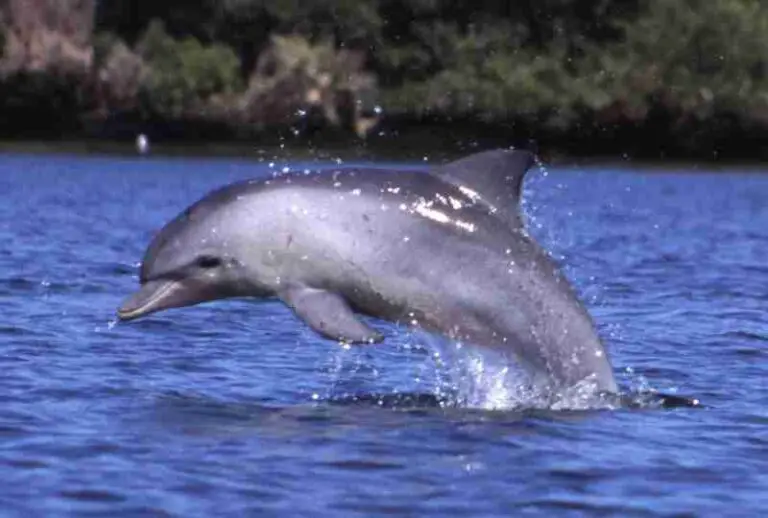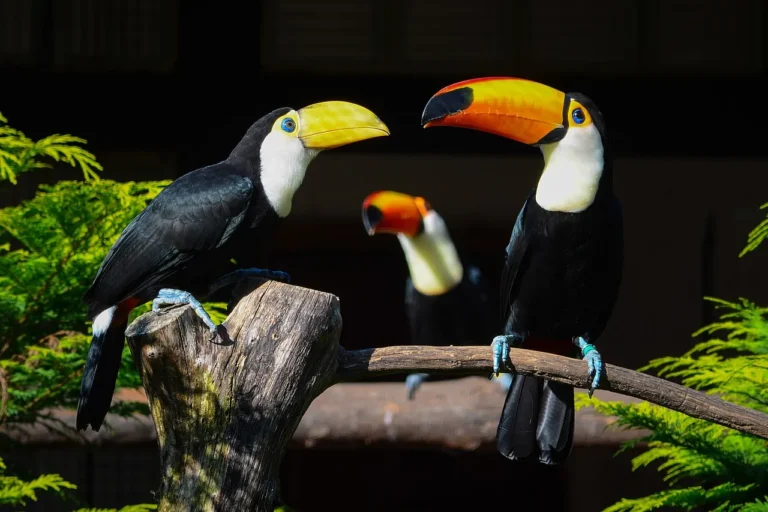What is Biotic Potential? Meaning, Examples, Implications
Biotic potential is an ecological variable that estimates the maximum number of individuals which an organism, species, community or biome can produce under optimal conditions. It can also be described as a measure of maximum reproductive capacity. In this article, various aspects and questions about biotic potential are addressed, according to the following outline;
Biotic Potential Meaning
Biotic potential refers to the level of reproductive success and the maximum rate of growth of a population under ideal circumstances. It represents the ability of a population to reproduce and increase in number when there are no limiting factors such as predators, disease, or resource scarcity.
* Biotic potential is a measure of the reproductive capacity of a species or population. It represents the maximum number of offspring that can be produced in a given time period.
* It takes into account factors such as the age at which individuals can reproduce, the number of offspring produced per reproductive event, and the frequency of reproductive events.
* Biotic potential is influenced by various biological and environmental factors. These include the age at which individuals reach sexual maturity, the duration of the reproductive period, and the survival rate of offspring to reproductive age.
* The concept of biotic potential is important in understanding population dynamics and the factors that influence population growth or decline.
* It helps us understand how populations respond to changes in their environment and how they may reach their carrying capacity, which is the maximum number of individuals that a habitat can support sustainably.
* Biotic potential is not a fixed value and can vary among different species and populations. It can also change over time in response to changes in environmental conditions.
* Understanding the biotic potential of a species or population is crucial for managing and conserving biodiversity. It allows us to predict and mitigate the impacts of population growth or decline on ecosystems and human societies.
The Biotic Potential of A Population
The biotic potential of a population refers to the estimate of the maximum growth rate or capacity of a population under optimal and ideal environmental conditions. It represents the population’s ability to reproduce and increase in number when there are no limiting factors such as predators and sufficient food supply.
* Biotic potential is a measure of the reproductive capacity of a species or population. It takes into account various factors such as the age at which individuals can reproduce, the number of offspring produced per reproductive event, and the frequency of reproductive events.
* Under ideal circumstances, with no predators and an abundant food supply, a population can reach its biotic potential. This means that individuals can reproduce at a young age, have a high number of offspring per reproductive event, and reproduce frequently throughout their reproductive period.

* The biotic potential of a population is influenced by both biological and environmental factors. Biological factors include the age at which individuals reach sexual maturity, the duration of the reproductive period, and the survival rate of offspring to reproductive age. Environmental factors include the availability of resources, the absence of predators, and favorable climatic conditions.
* Understanding the biotic potential of a population is important for predicting and managing population growth. It helps us estimate the maximum number of individuals that a population can reach under ideal conditions and provides insights into the factors that may limit population growth in the real world.
* However, it’s important to note that biotic potential is a theoretical concept and is rarely achieved in natural populations. In reality, populations are often limited by factors such as predation, competition for resources, disease, and environmental changes.
* By studying the biotic potential of populations, scientists can gain useful insights into population dynamics, species interactions, and the impacts of environmental changes on population growth and sustainability.
In the next section, we discuss the relationship between biotic potential and carrying capacity, which is the maximum number of individuals that a habitat can support sustainably.
Biotic Potential and Carrying Capacity
Biotic potential and carrying capacity are two important concepts in population ecology that help us understand the dynamics of populations in their environments.
* Biotic potential refers to the maximum growth rate or capacity of a population under ideal conditions, where there are no limiting factors such as predators or resource scarcity. It represents the population’s ability to reproduce and increase in number. Biotic potential takes into account factors such as the age at which individuals can reproduce, the number of offspring produced per reproductive event, and the frequency of reproductive events.
* On the other hand, carrying capacity refers to the maximum number of individuals that a habitat or environment can sustainably support. It represents the limit to population growth imposed by the availability of resources and the environmental conditions. Carrying capacity is influenced by factors such as the availability of food, water, shelter, and other resources necessary for survival and reproduction.
* While biotic potential focuses on the reproductive capacity of a population, carrying capacity considers the constraints imposed by the environment. Biotic potential represents the population’s intrinsic ability to grow, while carrying capacity represents the external limitations on population growth.
* The relationship between biotic potential and carrying capacity is crucial for understanding population dynamics. When a population’s size exceeds the carrying capacity of its environment, competition for resources intensifies, leading to a decline in population growth. Conversely, when a population is below the carrying capacity, there may be room for growth and expansion.
* By studying the interplay between biotic potential and carrying capacity, scientists can gain insights into how populations respond to changes in their environment, the impacts of resource availability on population growth, and the factors that regulate population size. Understanding these concepts is essential for effective population management and conservation efforts.
Biotic Potential and Environmental Resistance
To understand the dynamics of population growth, it is important to distinguish between biotic potential and environmental resistance. While both concepts play a crucial role in shaping population dynamics, they differ in their focus and impact.
* Biotic potential refers to the maximum growth rate or capacity of a population under ideal conditions, where there are no limiting factors such as predators or resource scarcity. It represents the population’s intrinsic ability to reproduce and increase in number. Biotic potential takes into account factors such as the age at which individuals can reproduce, the number of offspring produced per reproductive event, and the frequency of reproductive events.
* On the other hand, environmental resistance refers to the factors that limit population growth and prevent it from reaching its biotic potential. These factors can include resource availability, predation, competition, disease, and other environmental constraints. Environmental resistance acts as a check on population growth, regulating the population size and preventing it from exceeding the carrying capacity of the habitat.
While biotic potential focuses on the reproductive capacity of a population, environmental resistance considers the external limitations imposed by the environment. Biotic potential represents the population’s intrinsic ability to grow, while environmental resistance represents the constraints imposed by the habitat and other biotic and abiotic factors.
Understanding the interplay between biotic potential and environmental resistance is crucial for predicting and managing population dynamics. When environmental resistance is low, populations can reach their biotic potential and experience rapid growth. However, as environmental resistance increases, population growth is limited, and the population size stabilizes or even declines.
Biotic potential and environmental resistance are two complementary concepts that shape population dynamics. Biotic potential represents the population’s intrinsic ability to grow, while environmental resistance acts as a check on population growth. By studying the interaction between these factors, scientists can gain insights into the factors that regulate population size and develop effective strategies for population management and conservation.
Biotic Potential Examples
Examples of biotic potential are; maximum reproduction of salmon and whales in absence of competition and predation, kelp in stable ecosystems without sea urchins, humans in a sustainable environment, rabbits in the absence of predators, and wolves in the absence of diseases like rabies.
Although some studies may present figures as examples of biotic potential, this is not correct for all scenarios or for general assessment purposes, since there is a multitude of factors that directly influence biotic potential.
A more reliable way to present this is by taking different cases with distinct components like species and conditions, and analyzing the biotic potential in each case. This is the approach used here, where for each case the species involved are identified, as well as the conditions that optimize their survival (like absence of diseases, predators, etc.).
1. Biotic Potential of Salmon and Whales in the Absence of Competition and Predation
The biotic potential of salmon and whales can only be calculated in an ideal hypothetical environment where each organism does not face competition for prey and does not fall prey either. This means that the biotic potential of salmon and whales needs to be estimated separately, as they need to be isolated from each other.
*Salmon Biotic Potential
In the absence of competition and predation, salmon can reach their maximum biotic potential. They have the ability to reproduce rapidly and produce a large number of offspring. Salmon are known for their migratory behavior, where they return to their natal streams to spawn. In an ideal environment without competition or predation, salmon populations can thrive and increase exponentially. This high biotic potential allows them to maintain their population size and adapt to changing environmental conditions.
*Whale Biotic Potential
Similarly, in the absence of competition and predation, whales can also reach their maximum biotic potential. Whales are known for their long lifespan and slow reproductive rate. They have a low reproductive output compared to other species, but they compensate for this by having a long lifespan. In an ideal environment without competition or predation, whale populations can slowly increase over time. Their biotic potential is influenced by factors such as food availability, migration patterns, and environmental conditions.
It is important to note that these estimates of biotic potential are based on ideal conditions and do not reflect the actual population dynamics of salmon and whales in the wild. In reality, both species face various challenges such as competition for resources, predation, and human activities that can limit their biotic potential. Understanding the biotic potential of salmon and whales in the absence of competition and predation provides valuable insights into their reproductive capabilities and the factors that influence their population dynamics.
2. Biotic Potential of Kelp Algae Populations in Stable, Unpolluted Coastal Ecosystems with No Sea Urchins
In stable, unpolluted coastal ecosystems with no sea urchins, kelp algae populations can thrive and reach their maximum biotic potential. These ideal conditions provide the necessary resources and absence of predators that support the growth and reproduction of kelp algae.
* Abundant Sunlight
Kelp algae require ample sunlight for photosynthesis, which is essential for their growth and survival. In stable coastal ecosystems, the water is clear, allowing sunlight to penetrate the water column and reach the kelp algae beds. This abundant sunlight provides the energy needed for photosynthesis, enabling kelp algae to produce food and grow rapidly.
* Nutrient-Rich Waters
Kelp algae populations thrive in coastal areas where nutrient-rich waters are present. These nutrients, such as nitrogen and phosphorus, are essential for the growth and development of kelp algae. In stable coastal ecosystems, nutrient inputs from upwelling, river runoff, and marine currents provide a continuous supply of nutrients, promoting the growth of kelp algae.
* Suitable Water Temperature
Kelp algae prefer cool water temperatures for optimal growth. In stable coastal ecosystems, the water temperature remains within the suitable range for kelp algae throughout the year. This consistent temperature allows kelp algae populations to reproduce continuously and maintain their biotic potential.
* Absence of Sea Urchins
Sea urchins are known to graze on kelp algae, limiting their growth and reproduction. In coastal ecosystems without sea urchins, kelp algae populations can thrive without the threat of predation. This absence of sea urchins allows kelp algae to reach their maximum biotic potential by avoiding significant losses due to grazing.
Under these ideal conditions, kelp algae populations in stable, unpolluted coastal ecosystems with no sea urchins can exhibit a high biotic potential. They can reproduce rapidly, producing a large number of spores and gametes. This high reproductive output, coupled with the availability of sunlight, nutrients, and suitable water temperature, allows kelp algae populations to expand and form extensive underwater forests.
However, it is important to note that the presence of sea urchins or changes in environmental conditions can significantly impact the biotic potential of kelp algae populations.
Sea urchin overgrazing or pollution can lead to the decline of kelp algae, disrupting the balance of coastal ecosystems. Understanding the biotic potential of kelp algae in stable, unpolluted coastal ecosystems provides insights into their ecological importance and the factors that influence their population dynamics.
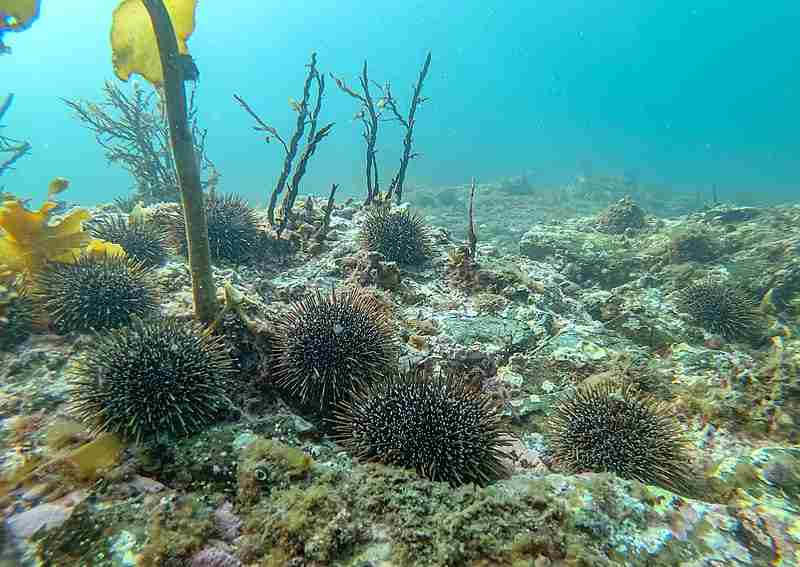
3. Biotic Potential of Humans in a Sustainable Environment
To understand the biotic potential of humans in a sustainable environment, we need to identify the ideal conditions that support maximum reproduction. When it comes to humans, several factors must be considered when evaluating their biotic potential.
* Access to Adequate Nutrition
Humans require a balanced and nutritious diet to support their growth and reproduction. In a sustainable environment, access to an abundant and diverse food supply is crucial. This includes a variety of fruits, vegetables, grains, proteins, and fats that provide the necessary nutrients for optimal health and fertility.
* Healthcare and Disease Prevention
A sustainable environment for humans includes access to healthcare services and disease prevention measures. Adequate healthcare ensures that individuals can receive medical attention when needed, reducing the risk of mortality and improving overall reproductive health. Disease prevention measures, such as vaccinations and sanitation practices, also play a vital role in maintaining a healthy population.
* Education and Empowerment of Women
In a sustainable environment, education and empowerment of women are key factors that contribute to the biotic potential of humans. When women have access to education and opportunities for personal and professional growth, they can make informed decisions about their reproductive health. This includes family planning, spacing of pregnancies, and the number of children they choose to have.
* Stable Social and Economic Conditions
Stable social and economic conditions are essential for humans to reach their biotic potential. When individuals have access to stable employment, adequate housing, and a supportive social network, they are more likely to have the resources and support needed to raise healthy and thriving families.
Estimating the biotic potential of humans in a sustainable environment is complex due to various cultural, social, and economic factors. However, under ideal conditions, where all the aforementioned factors are met, humans have the potential to reproduce at a rate that can sustain and even increase their population.
It should be noted that maintaining a sustainable environment for humans requires a balance between population growth and resource availability. Overpopulation can strain resources, leading to environmental degradation and a decline in the quality of life for future generations. Therefore, understanding and managing the biotic potential of humans is crucial for creating a sustainable future.
4. Biotic Potential of Rabbits in the Absence of Predators
To analyze the biotic potential of rabbits in the absence of predators, we need to identify the ideal conditions that support maximum reproduction. When it comes to rabbits, several factors contribute to their biotic potential.
* Abundant Food Supply
Rabbits require a diet rich in vegetation to support their growth and reproduction. In the absence of predators, rabbits can access a plentiful food supply, including grasses, herbs, and leafy plants. This abundance of food allows them to meet their nutritional needs and reproduce at a higher rate.
* Ample Shelter and Breeding Sites
Rabbits need suitable shelter and breeding sites to thrive. In the absence of predators, they can establish burrows and create safe spaces for mating and raising their young. This availability of shelter and breeding sites enables rabbits to reproduce more frequently and successfully.
* Rapid Reproductive Rate
Rabbits are known for their ability to reproduce quickly. They have short gestation periods and can produce multiple litters in a year. In the absence of predators, rabbits can fully utilize their reproductive potential, resulting in a higher number of offspring.
* Lack of Predation Pressure
Predators play a significant role in controlling rabbit populations. In the absence of predators, rabbits face reduced predation pressure, allowing them to survive and reproduce more effectively. This absence of predation pressure contributes to their higher biotic potential.
Under ideal conditions, where all these factors are met, rabbits have the potential to exhibit exponential population growth. They can reproduce at a rapid rate, leading to a significant increase in their population size over a relatively short period.
However, it is important to note that the absence of predators can lead to overpopulation and resource depletion. Without natural checks on their population, rabbits can exceed the carrying capacity of their environment, resulting in competition for resources and potential habitat degradation.
5. Biotic Potential of Wolves as Apex Predators in the Absence of Rabies, Parvovirus, and Distemper
In the absence of diseases such as rabies, parvovirus, and distemper, wolves can reach their maximum biotic potential. To understand the ideal conditions that support their maximum reproduction, we need to consider several factors.
* Abundant Prey Population
Wolves primarily feed on large herbivores such as deer, elk, and moose. In areas where these prey populations are abundant, wolves have access to a plentiful food supply. This abundance of prey allows them to meet their nutritional needs and reproduce at a higher rate.
* Optimal Habitat and Territory
Wolves require large territories with diverse habitats to thrive. These habitats should provide ample cover for hunting, denning sites for raising their young, and access to water sources. In the absence of human disturbances and habitat fragmentation, wolves can establish stable territories and successfully reproduce.
* Social Structure and Pack Dynamics
Wolves are highly social animals that live in packs. A pack consists of an alpha pair, their offspring, and sometimes other related individuals. In the absence of disruptions to pack dynamics, such as human interference or disease outbreaks, wolves can maintain stable social structures. This stability promotes successful reproduction and the survival of their offspring.
* Lack of Human Conflict
Human-wolf conflict can have detrimental effects on wolf populations. In the absence of human persecution, such as hunting or habitat destruction, wolves can thrive and reach their biotic potential. This lack of conflict allows them to establish and maintain stable populations.
Under these ideal conditions, wolves have the potential to exhibit exponential population growth. They can reproduce at a rapid rate, leading to a significant increase in their population size over time. This population growth is essential for maintaining healthy ecosystems and preserving biodiversity.
In real-life scenarios, the absence of diseases like rabies, parvovirus, and distemper can also lead to potential challenges. Without these diseases to regulate their population, wolves may face increased competition for resources and potential overpopulation. This can result in changes to prey dynamics and potential habitat degradation..
FAQs
1. What Is Meant by Biotic Potential?
Biotic potential refers to the maximum reproductive capacity of a species under ideal conditions. It represents the inherent ability of organisms to produce offspring and increase their population size. Biotic potential is influenced by various factors, including reproductive rate, age at first reproduction, and lifespan. In essence, it measures the reproductive success of a species and its potential for population growth.
2. What Is the Biological Potential of Organisms, Populations, and Ecosystems?
The biological potential of organisms, populations, and ecosystems refers to their capacity for growth and reproduction. Organisms with high biological potential can produce large numbers of offspring, while populations with high biological potential can rapidly increase in size. Ecosystems with high biological potential can support diverse and abundant life forms. This potential is influenced by various factors, including resource availability, environmental conditions, and the presence of limiting factors.
3. What Are the 4 Factors of Biotic Potential?
The four factors that influence biotic potential are reproductive rate, age at first reproduction, lifespan, and the number of reproductive events. A high reproductive rate, early age at first reproduction, long lifespan, and multiple reproductive events throughout an organism’s life contribute to a higher biotic potential. These factors determine the rate at which a population can grow and the number of offspring that can be produced.
4. What Is Biotic Potential in Ecology?
In ecology, biotic potential refers to the maximum rate at which a population can grow under ideal conditions. It is a fundamental concept that helps us understand population dynamics and the interactions between organisms and their environment.
Biotic potential is influenced by various ecological factors, including resource availability, predation, competition, and environmental conditions. Understanding biotic potential is crucial for predicting population trends and managing ecosystems.
5. What Is Biotic Potential and Carrying Capacity?
Biotic potential and carrying capacity are two interconnected concepts in ecology. Biotic potential represents the maximum reproductive capacity of a species, while carrying capacity refers to the maximum population size that an environment can sustain over the long term.
Biotic potential determines the maximum growth rate of a population, while carrying capacity sets the limit on population size based on available resources and environmental conditions. The relationship between biotic potential and carrying capacity is essential for understanding population dynamics and the balance between population growth and resource availability.
6. What Does a High Biotic Potential Mean?
A high biotic potential means that a species has a greater capacity for reproduction and population growth. It indicates that the species can produce a large number of offspring and increase its population size rapidly under ideal conditions. A high biotic potential is often associated with species that have short generation times, early maturity, high reproductive rates, and long lifespans.
However, it is important to note that a high biotic potential does not guarantee population growth if environmental conditions or limiting factors restrict the species’ ability to reproduce and survive.
7. What Is Biotic Potential Counteracted By?
Biotic potential is counteracted by various factors known as environmental resistance. These factors include limited resources, predation, competition, disease, and unfavorable environmental conditions.
Environmental resistance acts as a check on population growth, preventing populations from reaching their maximum biotic potential. It helps maintain a balance between population size and available resources, ensuring the long-term sustainability of ecosystems.
The interplay between biotic potential and environmental resistance shapes population dynamics and influences the structure and functioning of ecosystems.
